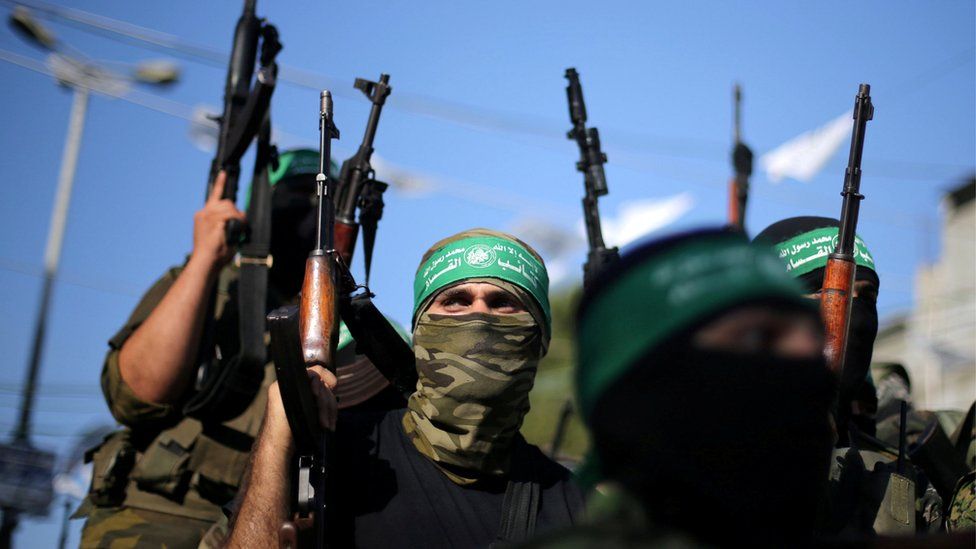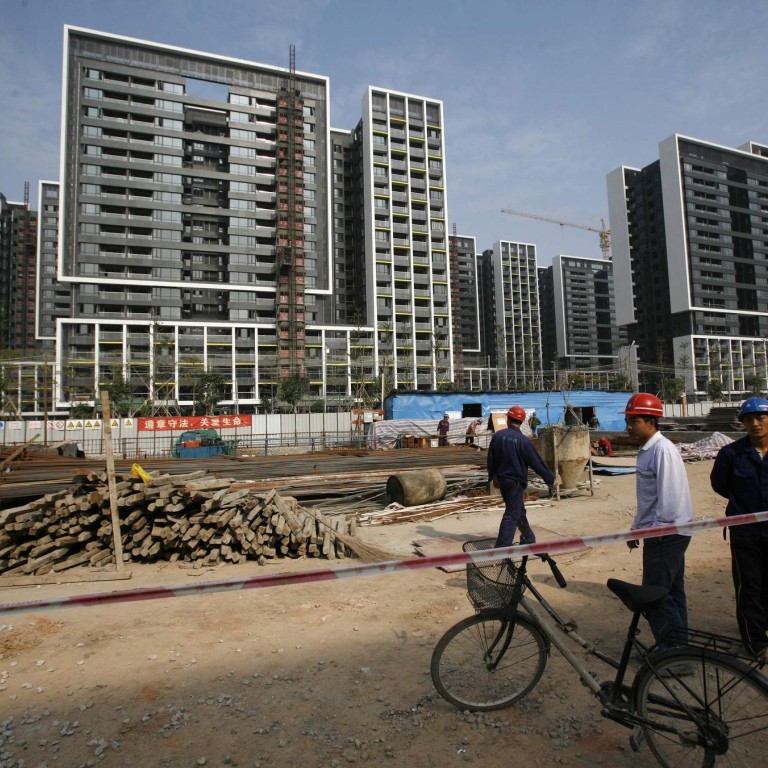Friends, buckle up! The US soybean and corn planting progress is blowing past expectations. This isn’t just a statistical quirk; it’s a potential wrecking ball for prices. We’re seeing exceptionally fast planting rates, and that means a significantly larger acreage is likely to be in the ground before any major weather event hits.
Let’s break down why this matters. Typically, late planting creates a “weather premium” – traders jump on potential yield losses due to unfavorable conditions. This year? That premium is shrinking, fast.
Now, the million-dollar question: when does the weather hype window actually open? It’s crucial to understand that a rapid planting pace doesn’t eliminate weather risk, it merely shifts it. We’re now looking at potential issues related to early-season development, namely frost risk and potential drought conditions later in the season.
Key Knowledge Points:
Planting progress is a fundamental driver of commodity prices. Early planting generally increases yield potential by maximizing the growing season. However, it also exposes crops to a wider range of weather risks, particularly during sensitive growth stages.
’Weather premiums’ are built into prices when planting is delayed, reflecting the increased uncertainty surrounding yield. A rapid planting pace compresses this premium.
While initial planting speed is important, subsequent weather patterns—including temperature, rainfall, and the absence of extreme events—ultimately determine final yields. Don’t fall for simple narratives!
I’m advising my followers to be extremely cautious about chasing rallies fueled by short-term weather concerns. This isn’t to say weather won’t matter, it’s that the bar for a price-significant event is significantly higher now. Keep a close eye on the forecasts, but don’t get caught with your pants down by the usual seasonal noise. The market is anticipating a large crop, and it’ll take something substantial to change that.







